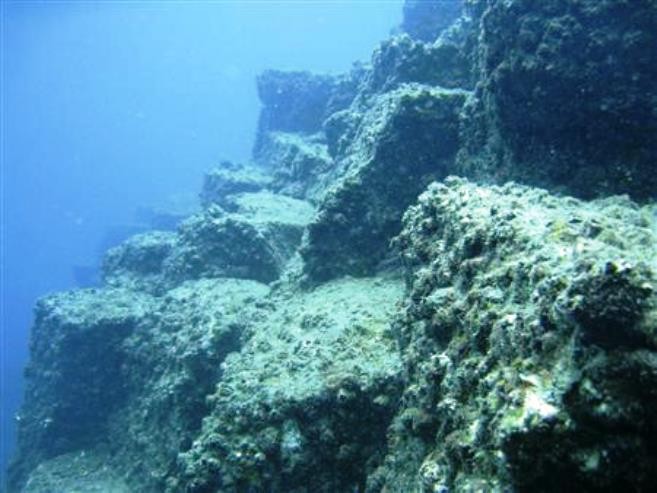Chinese scientists have announced in a press conference on Wednesday, March 23, that Qianlong No. 2, China’s unmanned submersible, has completed its first exploration in the southwest Indian Ocean early this month, the Xinhua News Agency reported.
Designed independently by Chinese scientists, the autonomous underwater vehicle (AUV) measures 3.5 meters, has a height of 1.3 meters, and width of 0.7 meters. It can dive to a depth of 4,500 meters.
Liu Jian, chief designer of Qianlong No. 2, and a researcher with the Shenyang Institute of Automation under the Chinese Academy of Sciences, said that during its exploration from Dec. 16, 2015 to March 4, 2016 in the southwest Indian Ocean, the unmanned submersible dived 16 times, covering some 218 sq. km with the maximum depth of over 3.2 km.
According to Liu, sea areas that are rich in sulfide deposits and contain various metals were explored by the AUV. It also detected deep-sea terrain and photographed sulfide, basalt and marine organisms.
"Though it has a weight of 1.5 tonnes, Qianlong No. 2 can move vigorously in deep-sea water," Liu said.
Another researcher at the institute, Xu Chunchui said that although the exploration was done on rippling sea floor terrain, no crash occurred during the whole operation, which may be attributed to the AUV's good sonar technology.
According to Liu, Qianlong No. 2's success during its trial exploration in the Indian Ocean has shown that it can adapt to the complex terrain in the ocean and finish underwater tasks smoothly and make it possible to put the AUV into practice in deep-sea mineral resource investigation.
Liu added that the role of unmanned submersible is important in the future development and use of China's deep-sea resources.
Qianlong No. 2 had been under development by the government since 2011, and was launched in Oct. 2014. The submersible had undergone lake and sea trials before it was put into practical detection missions in the Indian Ocean.



























